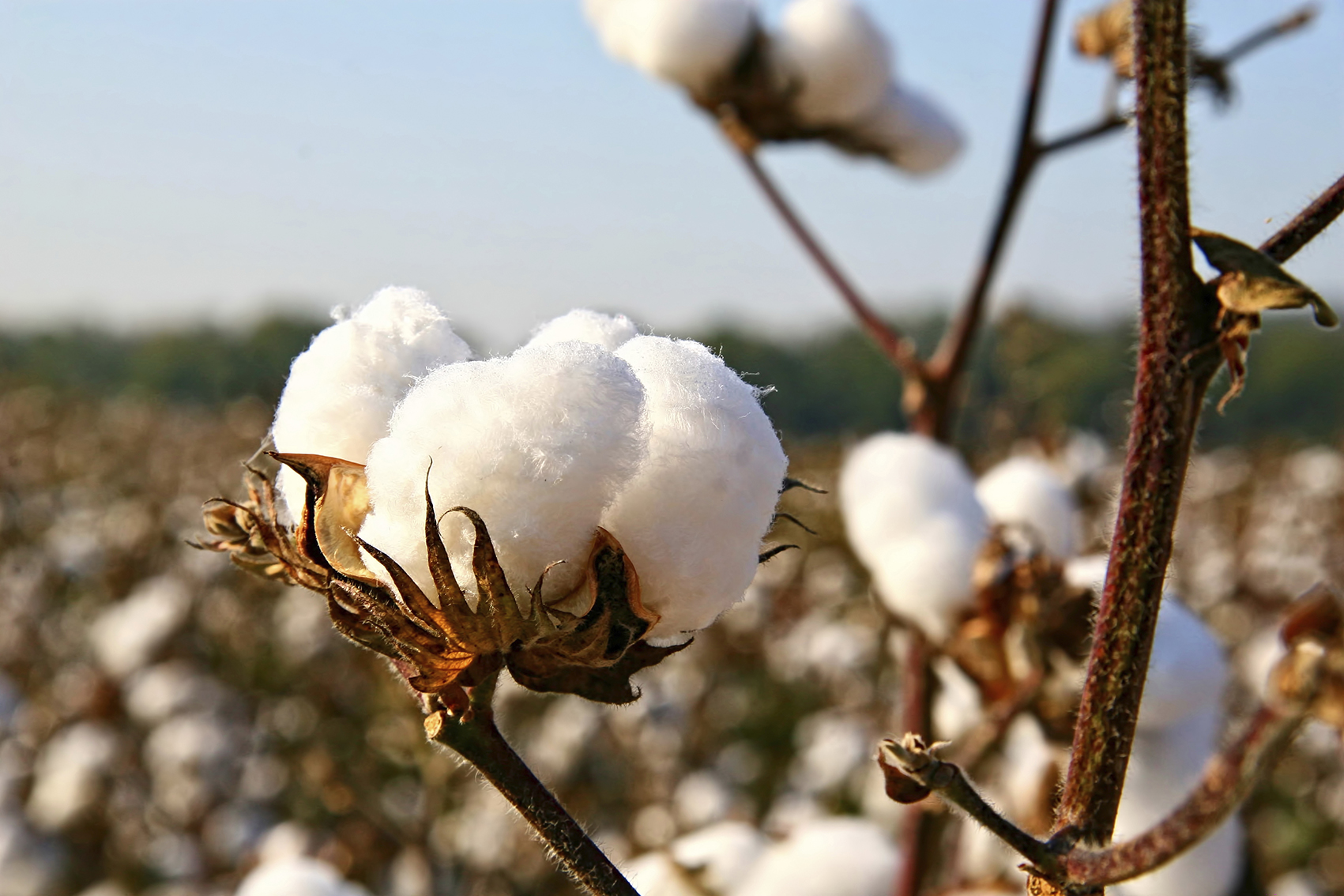More than 22,000 tons of carded and uncarded cotton worth close to 1.54 trillion rials ($47.4 million) were imported into Iran during the first four months of the current fiscal year (March 21-July 22), the Islamic Republic of Iran Customs Administration announced.
The imports were mainly made from Uzbekistan, Italy, South Korea, Turkey, Tajikistan, China, Malaysia, India and Greece, Mizan Online reported.
In the last fiscal year (March 2016-17), more than 50,000 tons of cotton worth over $100 million were imported.
Domestic cotton boll production is estimated to increase by more than 12% to reach 180,000 tons in the current fiscal year (March 2017-18), up from last year’s 160,000 tons, the manager of Cotton Project carried out by the Ministry of Agriculture said.
“We expect to produce some 60,000 tons of cotton fibers from this volume,” Ebrahim Hezarjaribi was also quoted as saying by Mehr News Agency.
According to Managing Director of Iran Cotton Fund Mohammad Hossein Kaviani, last year’s domestic cotton production stood at approximately 40,000 tons.
Iran has the capacity to increase cotton production, but the low price of cotton compared with other agricultural products discourages farmers from embarking upon cotton cultivation.
“Our textile industries’ demand stands at between 90,000 and 100,000 tons per year and domestic cotton production is not sufficient to meet the demand. We have to import at least 50,000 tons annually,” he said.
Deputy Agriculture Minister Abbas Keshavarz said about 130 hectares of farms will, for the first time, go under the cultivation of cotton seedlings in Iran in the current Iranian year.
“Some 100 hectares of these farms are located in the northern Golestan Province,” he said.
“The method [in which seedlings are planted rather than seeds] helps save water consumption in cotton farms by 40% and reduces the need for seeds to one-sixth. Also, plants can be harvested earlier this way,” he added.


